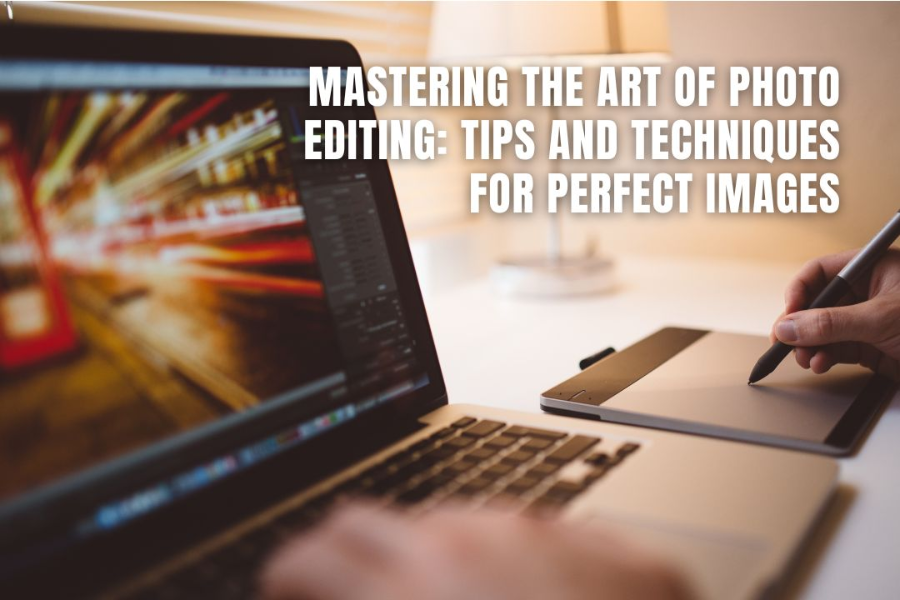Introduction
In today’s digital age, where visual content reigns supreme, the ability to edit images effectively is a valuable skill. Whether you’re a professional photographer, a social media enthusiast, or simply someone who wants to enhance their personal photos, understanding the basics of picture editing can make a significant difference.
This comprehensive guide will delve into the world of picture editing, focusing on Adobe-related tools and video editing techniques. We’ll explore essential techniques, popular software options, and tips to help you create stunning visuals.
Adobe-Related Tools for Picture Editing
Adobe’s Creative Cloud suite offers a powerful arsenal of tools for picture editing. Here are some of the most popular options:
- Adobe Photoshop: Often considered the industry standard, Photoshop provides a vast array of features for manipulating images. From basic adjustments like cropping and color correction to advanced techniques like compositing and retouching, Photoshop can handle virtually any picture editing task.
- Adobe Lightroom: Primarily designed for photographers, Lightroom offers a streamlined workflow for organizing, editing, and sharing images. It excels at batch editing, color grading, and non-destructive adjustments.
- Adobe Photoshop Elements: A more affordable alternative to Photoshop, Elements provides many of the same features but with a simplified interface, making it suitable for beginners and casual users.
Essential Picture Editing Techniques
- Cropping: Removing unwanted portions of an image to improve its composition.
- Color Correction: Adjusting the color balance, saturation, and contrast to achieve a desired look.
- Retouching: Removing blemishes, wrinkles, or other imperfections from portraits.
- Compositing: Combining multiple images to create a new scene or effect.
- Masking: Isolating specific areas of an image for targeted editing.
- Layers: Organizing and editing different elements of an image separately.
- Filters and Effects: Applying pre-designed effects to enhance the overall appearance of an image.
Video Editing Basics
If you’re looking to edit videos in addition to images, here are some fundamental video editing techniques:
- Trimming: Removing unwanted footage from the beginning or end of a clip.
- Cutting and Pasting: Joining multiple clips together to create a seamless sequence.
- Transitions: Adding visual effects between clips to create a smooth flow.
- Audio Editing: Adjusting volume, adding music, or incorporating sound effects.
- Text and Titles: Adding text overlays, captions, or titles to your video.
- Special Effects: Applying visual effects like slow motion, speed up, or filters.
Popular Video Editing Software
- Adobe Premiere Pro: A professional-grade video editing software with a wide range of features.
- DaVinci Resolve: A powerful and versatile video editing tool that also includes color correction and audio post-production capabilities.
- Final Cut Pro: Apple’s video editing software, known for its intuitive interface and integration with other Apple products.
- iMovie: A user-friendly video editing app for macOS and iOS devices, suitable for beginners and casual users.
Tips for Effective Picture and Video Editing
- Start with high-quality source material: The better the original image or video, the easier it will be to edit.
- Learn the basics first: Master fundamental techniques before diving into more advanced features.
- Experiment and practice: The more you edit, the better you’ll become.
- Save regularly: Create backup copies of your original files and save your edited work frequently.
- Seek inspiration: Look at the work of other editors for ideas and techniques.
- Join online communities: Connect with other editors to learn, share, and get feedback.
FAQs
- What is the best software for beginners? Adobe Photoshop Elements and iMovie are good options for beginners.
- How can I improve my editing skills? Practice regularly, watch tutorials, and experiment with different techniques.
- What is the difference between Photoshop and Lightroom? Photoshop is better suited for advanced editing and compositing, while Lightroom is optimized for organizing, editing, and sharing large numbers of photos.
- Can I edit videos on my phone? Yes, there are many mobile video editing apps available for iOS and Android devices.
- What is color grading? Color grading involves adjusting the overall color palette of an image or video to create a specific mood or atmosphere.
Conclusion
Picture editing is a valuable skill that can enhance your creativity and storytelling abilities. By mastering the tools and techniques discussed in this article, you can create stunning visuals that captivate your audience. Whether you’re a professional or a hobbyist, the world of picture editing offers endless possibilities for exploration and expression.
Discover in-depth features on your favourite stars at Infosekker.




